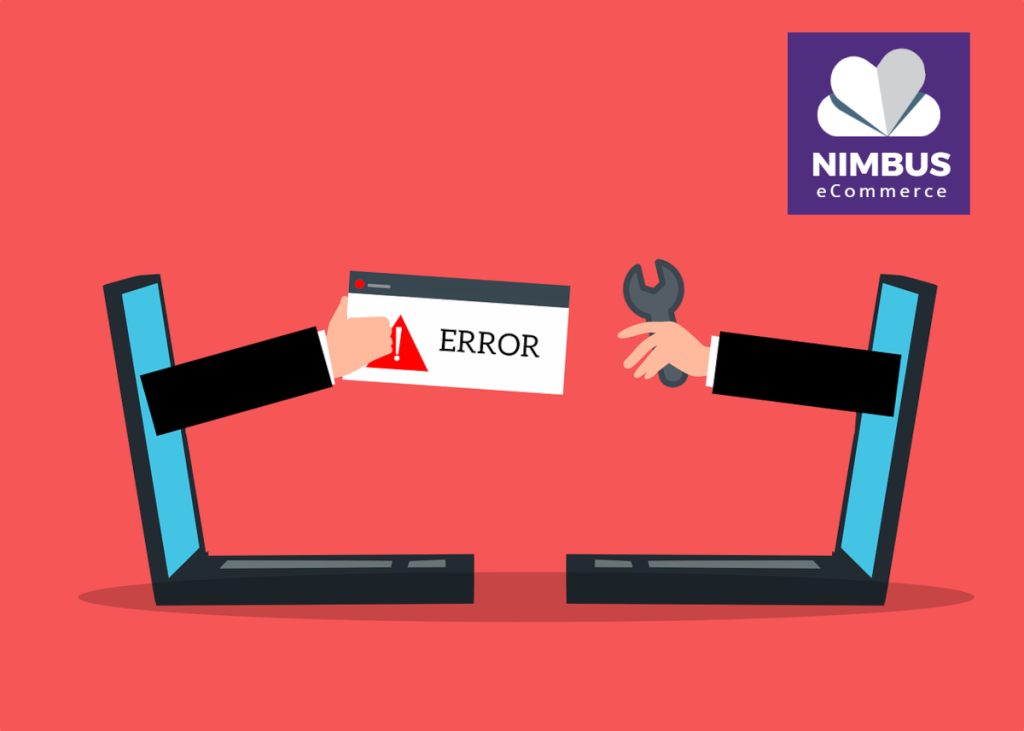4 Common Reasons Why Ecommerce Businesses Fail: What You Can Learn
It is a sad fact that many new businesses fail. In fact, according to the US Statistics, more than half of them close within five years. There are many reasons why these businesses fail, but there are four common themes that arise time and time again for businesses operating in eCommerce space.
In this blog post I’m going to take a closer look at those reasons and dive into the lessons you can learn from them so that your eCommerce business stays successful.
#1 – Not Understanding Cash Flow
Cash is the lifeblood of your eCommerce business; without it, you can\’t keep moving. This is why it\’s so important to have a good understanding of your cash flow and make sure you have enough money coming in to cover your expenses.
First of all, you need to understand the difference between cash flow and net profit. Cash flow is the money going in and out of your organisation. Cash comes in from customer payments and goes out in the form of expenses, such as staffing costs, inventory, materials, packaging, power usage or rent.
Positive cash flow means that more money is coming in than going out. This means that you’ll have plenty to cover your expenses and keep your eCommerce business afloat.
Negative cash flow means you’re paying out more than you’re receiving, and thus your online business’ bank balance is declining.
As well as permitting you to continue operation and protecting you against debt, a positive cash flow allows you to grow and scale your eCommerce business in the future.
#2 – Running Out of Cash
It’s possible for an eCommerce business to be profitable but lack adequate cash flow, especially if your products go through a long sales chain, which may be the case if you also sell B2B. You may have to pay staff and suppliers before your customers pay you and consequently you might not have enough available funds to continue operating. This can lead to a loss in revenue or may cause you to accumulate debt.
It’s okay to have a negative cash flow in the short term if you have sufficient reserves – in fact, it’s to be expected as you scale-up and invest in growth. However, if this goes on for too long, you’ll run out of funds and may have to cease operation.
If you\’re having trouble managing your cash flow, here are some tips:
Create a detailed and realistic budget
Track your spending and revenue closely
Find ways to reduce your operating expenses – small changes add up
Get a loan or line of credit to help you tide over difficult times
Invest in software, like Xero, that will help you manage your finances more effectively
#3 – Lack of Forecasting
Another common reason why eCommerce businesses fail is lack of financial planning.
You should regularly prepare cash flow statements so that you can clearly see how much money is entering and leaving your bank accounts. This will then allow you to create cash flow projections to help you manage money well in the future – particularly during periods of growth. This will also help you to prepare an adequate safety net for any unforeseen costs that may crop up.
Automate your cash flow forecasts with the use of third-party apps. This allows you to eliminate manual work and run more detailed calculations and forecasts. Some great apps that work with Xero are Float and Spotlight Reporting. Revisit your forecasts on a regular basis. Weekly or monthly works great. This allows you to create comparative reports, so you can see if you are on track.
#4 – Confusing Turnover with Profit
We see many eCommerce business owners confuse turnover and profit, but it’s vital to understand the clear differences between the two. Otherwise, you may find yourself in a whole host of financial trouble.
Turnover is the money you take. It’s the amount you generate from sales over a specified period. Turnover, also called revenue, is one metric that can be used to measure the health and performance of your eCommerce business, but it’s not the same as profit.
Profit is the money you make – your turnover minus your costs. It’s crucial that you understand this in order to maximise profits in your eCommerce business. Of course, increasing your turnover can boost your profit dramatically but you shouldn’t automatically assume that this is the case.
Furthermore, confusing turnover and profit encourages overspending because it leads you to think you’re making more money than you really are. This in turn cuts into your profits and can land you in a lot of debt, which will halt your growth and can even lead to business failure.
Understanding the difference between turnover and profit gives you a clear picture of how much money you’re actually making and how much you can afford to spend. In addition to this, it allows you to understand which costs and practices generate the largest ROI and therefore cut down on costs where appropriate, further increasing your profit margin.
Final Thoughts
There are many reasons why eCommerce businesses fail, but by understanding the most common ones you can take steps to avoid them. Make sure you have good understanding of cash flow, so you don’t run out of cash suddenly, have proper forecasting tools in place and remember to focus on profits rather than revenues – these are the keys to success.
Have a look to find out more…


